Harpagophytum has frequently appeared in the general press for several months. It has been presented as the new remedy and flagship of phytotherapy. In fact, this medicinal plant has been known and used for several centuries. Its therapeutic potential was discovered by people of Southern Africa first, before interesting international scientific community. Thanks to many studies, researchers identified powerful active ingredients and confirmed therapeutic properties of harpagophytum. Let’s have a look on traditional uses, active ingredients and main benefits of harpagophytum.
Traditional uses and virtues of harpagophytum
Harpagophytum is a perennial plant recognizable by its purple flowers, its fruits and its voluminous roots. It was discovered by indigenous people in the Kalahari Desert located between Namibia and Botswana. Healers of those tribes were the first to perceive the therapeutic potential of Harpagophytum procumbens / Harpagophytum zeyheri Decne, and especially of its roots. They began to use these roots to treat various diseases. In particular, they noticed benefits to relieve joint pains, muscle aches and digestive disorders. They also used harpagophytum to treat urinary tract infections, ulcers and blood diseases.
>>Have a look on our harpagophytum fair trade chain in Namibia
Identification of harpagophytum active ingredients
In the 20th century, benefits of Harpagophytum procumbens / Harpagophytum zeyheri Decne began to interest international scientific community. In 1904, a German doctor living in Namibia was witness to the medicinal virtues of this plant. Many studies were then initiated to understand the therapeutic potential of harpagophytum and identify powerful potent ingredients. Three main components were identified: harpagoside, harpagide and procumbide. Nowadays, these molecules are known to have a natural anti-inflammatory activity. Some studies show that they have also antioxidant, analgesic, anti-diabetic, anti-cancer, uterotonic, anticonvulsant and cardioprotective potentials.
>> Why should you prefer organic harpagophytum extracts?
Main benefits of harpagophytum
Nowadays, harpagophytum is mainly recommended to relieve joint pains, muscle aches and digestive disorders. These uses are supported by many studies, including several clinical trials concerning the back pain relief as highlighted in a Cochrane review published in 2007. Moreover, benefits of harpagophytum are recognized by various health authorities. Since 1996, the European Scientific Cooperative on Phytotherapy (ESCOP) has accepted the traditional use of this plant in the symptomatic treatment of painful osteoarthritis, back pains, the loss of appetite and digestive disorders. Most recently, in 2016, the European Medicines Agency (EMA) also published a monograph on Harpagophytum procumbens / Harpagophytum zeyheri Decne specie which accepts its traditional use to relieve minor joint pains and digestive disorders.
Find out more about Harpagophytum procumbens / Harpagophytum zeyheri Decne by contacting our experts.
Sources :
- Van Wyk, B.E., Gericke, N.P. 2000. Peoples Plants. A Guide to Useful Plants of Southern Africa. Briza Publications, Pretoria.
- Cole D., 2003. The impact of certification on the sustainable use of Devil’s Claw (Harpagophytum procumbens) in Namibia. Non-Wood Forest Products Programme.
- Watt J.M. and Breyer-Brandwijk M.G. 1962. The Medicinal and Poisonous Plants of Southern and Eastern Africa. Second ed. Livingston Press, London.
- Stewart K.M. and Cole D. 2005. The commercial harvest of Devil’s Claw (Harpagophytum spp.) in southern Africa: the devil’s in the details. Journal of Ethnopharmacology. 100, 225– 236.
- Mncwangi N., Chen W., Vermaak I., Viljoen A. M. and Gericke N. 2012. Devil’s Claw: A review of the ethnobotany phytochemistry and biological activity of Harpagophytum procumbens. Journal of Ethnopharmacology 143, 755–771.
- Eichler O. and Koch C. 1970. Uber die antiphlogistische, analgetische und spasmolytische Wirksamkeit von Harpagosid, Einem Glykosid aus der Wurzel von Harpagophytum procumbens DC. Arzneimittel-Forsch 20, 107–109.
- Betancor-Fernandez A., Perez-Galvea A., Sies H. and Stahl W. 2003. Screening pharmaceutical preparations containing extracts of turmeric rhizome, artichoke leaf, Devil’s Claw root and garlicor salmon oil for antioxidant capacity. Journal of Pharmacy and Pharmacology 55, 981–986.
- Mahomed I. M. and Ojewole J.A.O. 2005. Analgesic, anti-inflammatory and antidiabetic properties of Harpagophytum procumbens DC (Pedaliaceae) secondary root aqueous extract. Phytotherapy Research 18, 982–989.
- Mahomed I. M. and Ojewole J.A.O. 2004. Cardiovascular effects of Harpagophytum procumbens DC [Pedaliaceae] secondary root aqueous extract in some mammalian experimental animal models. African Journal of Traditional, Complementary and Alternative Medicines 1, 30–44.
- Mahomed I. M. and Ojewole J.A.O. 2006. Oxytocin-like effect of Harpagophytum procumbens DC [Pedaliaceae] secondary root aqueous extract on rat isolated uterus. African Journal of Traditional Complementary and Alternative Medicines. 3, 82–89.
- Gagnier J. J., Van Tulder M. W., Berman B., and Bombardier C. 2007. Herbal medicine for low back pain:a Cochrane review. Cochrane Collaboration 32, 82–92.
Marc Roller, PhD
CEO & Partner Natural Origins - Head of Innovation

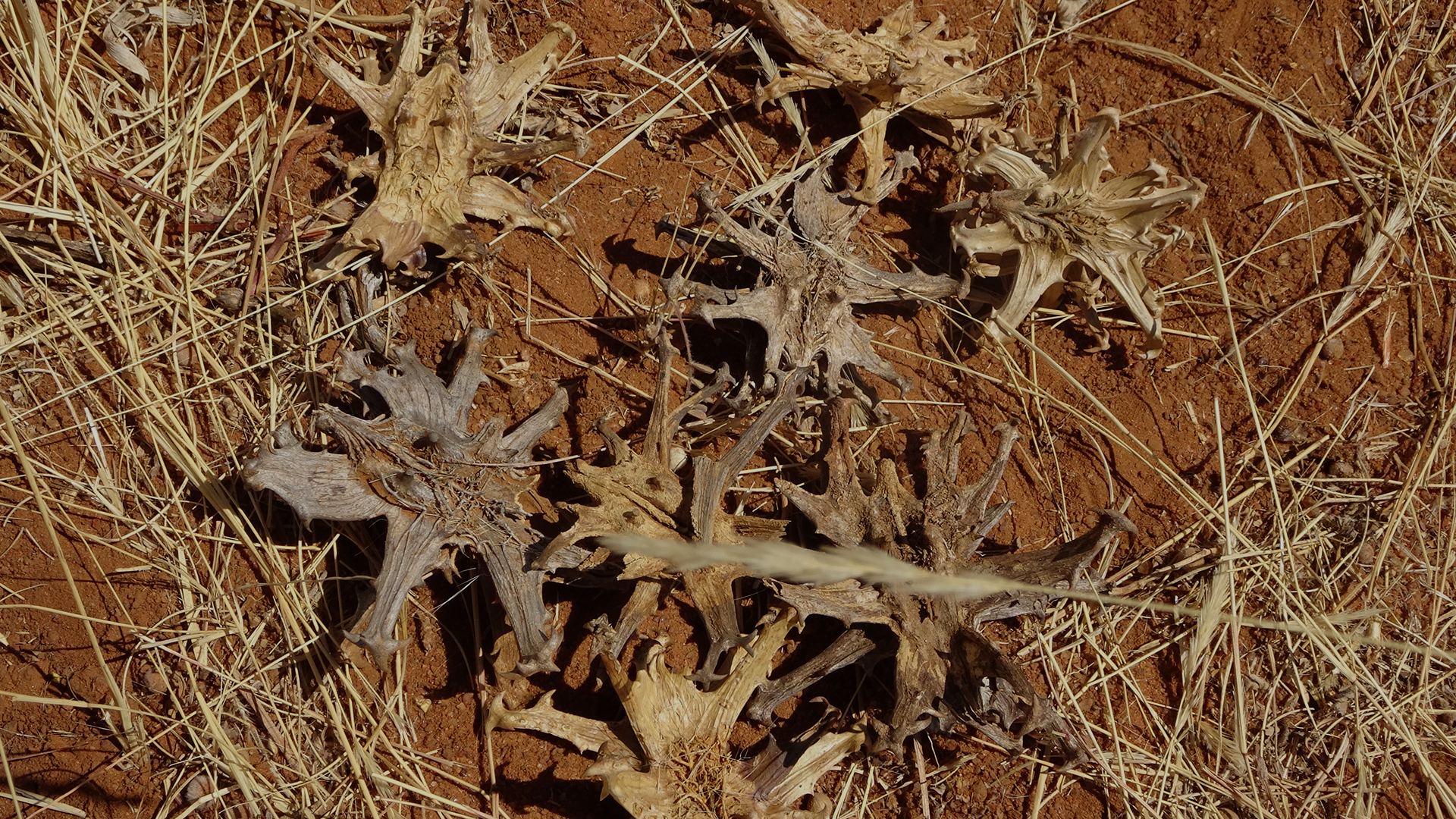

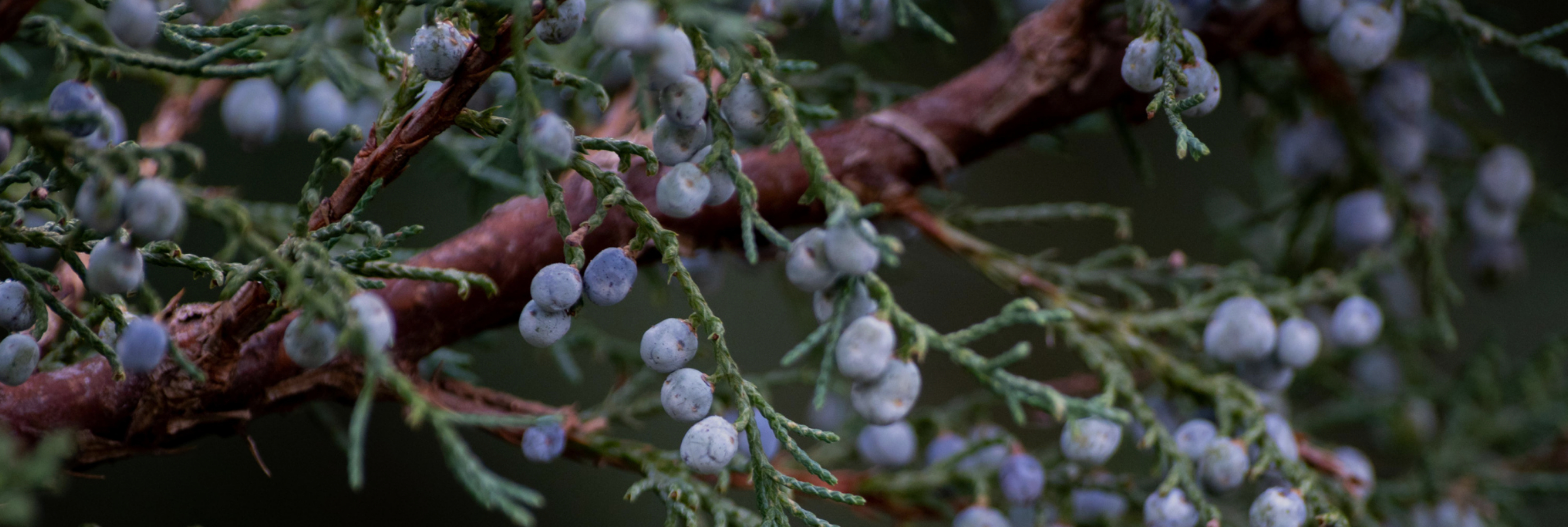
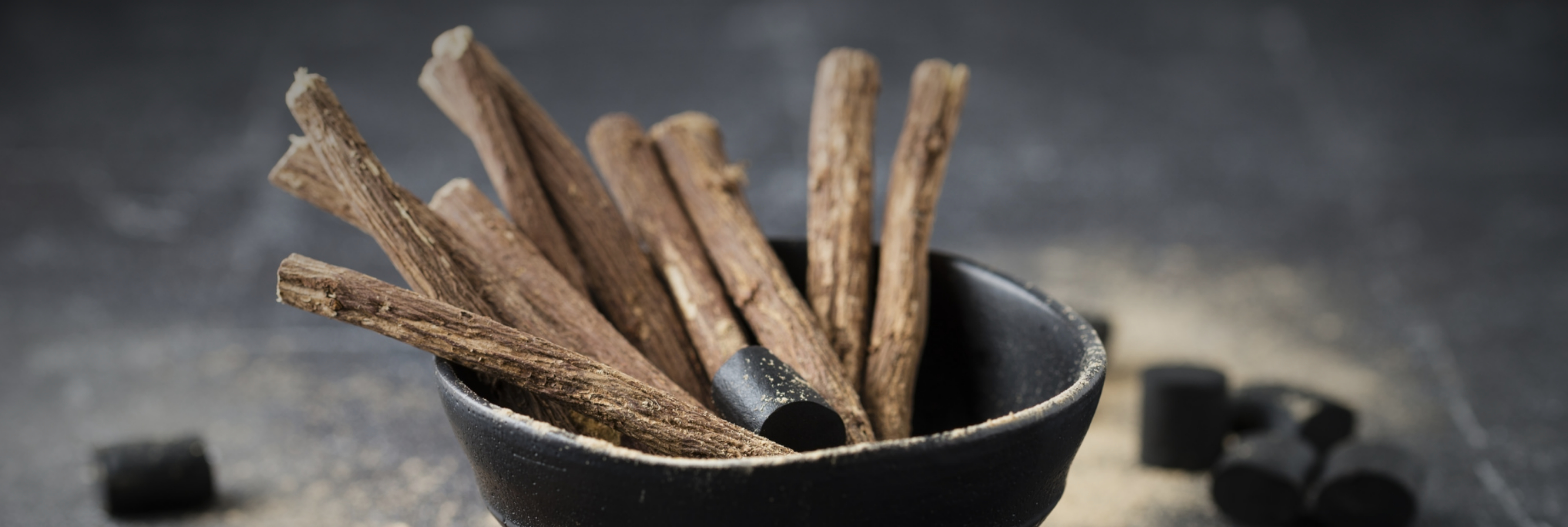

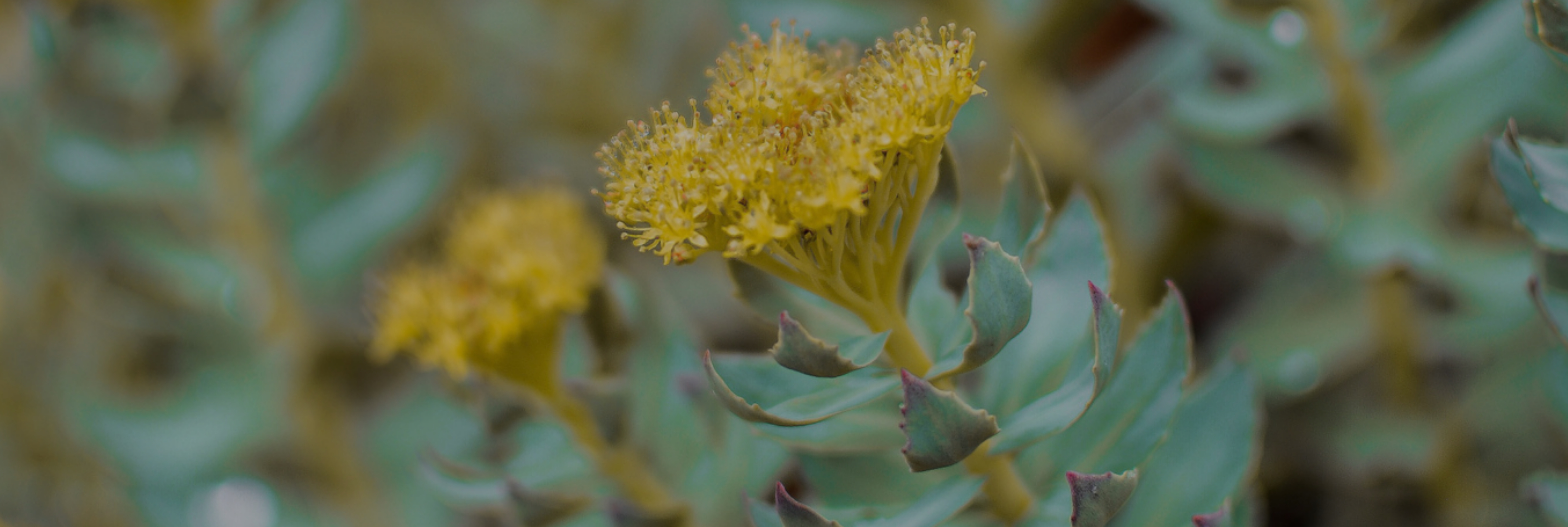
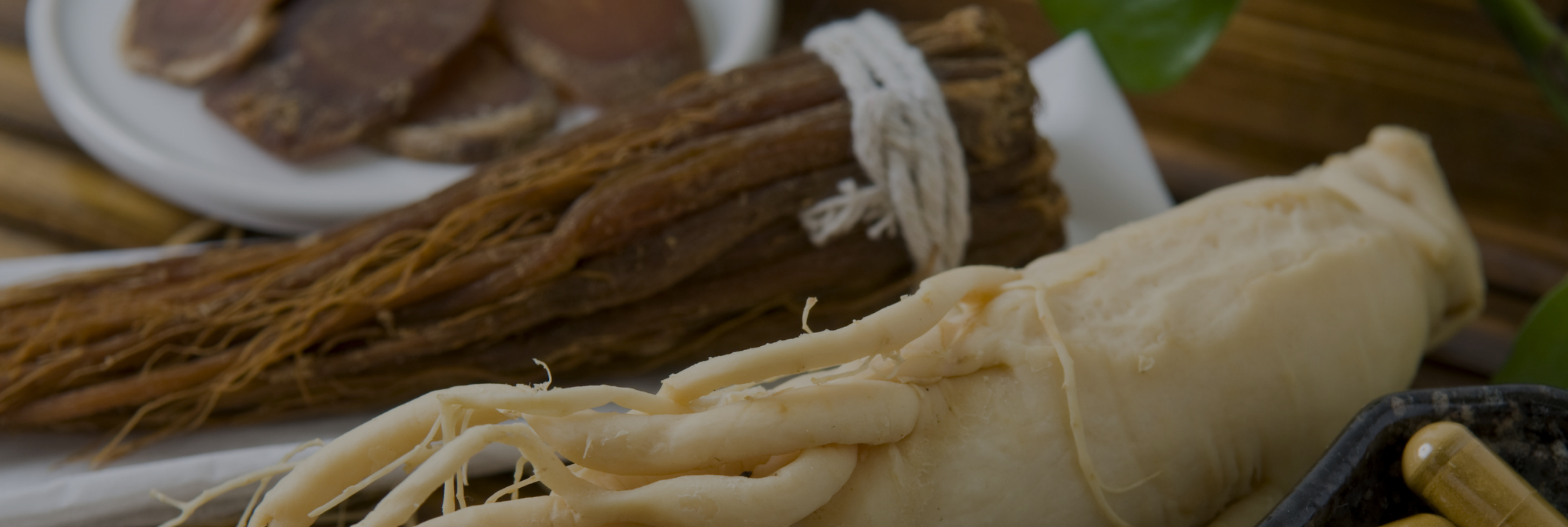
Leave a comment